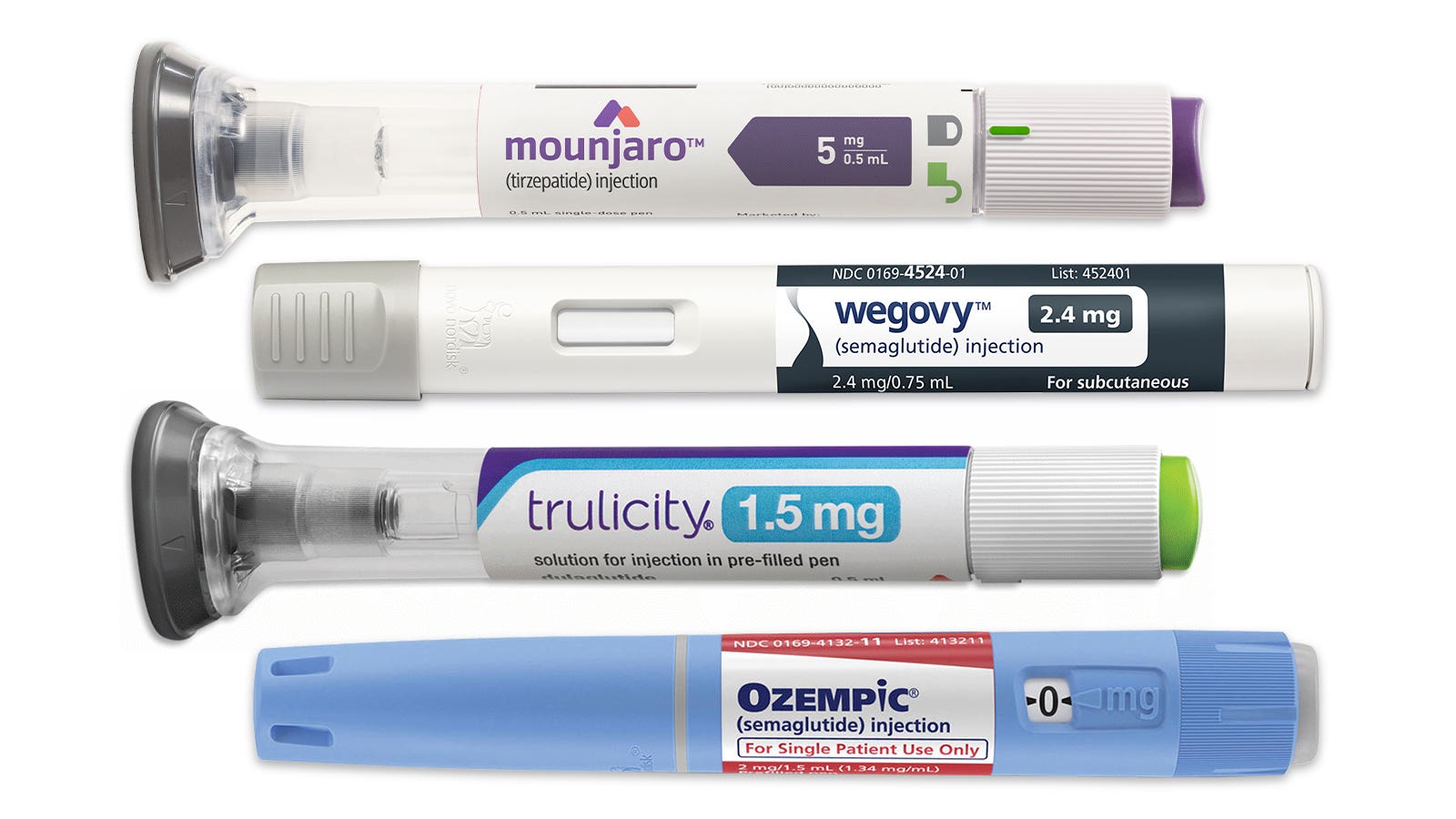GLP-1 Drugs People with type 2 diabetes have a 2-4 times greater risk of having a heart attack than those without the disease. Fortunately, medications used to manage diabetes can help reduce this risk. One of the latest medications are GLP-1 drugs such as Osmic and Segovia. In this article, we’ll explain how GLP-1 drugs work and how they can help reduce the risk of heart attack and stroke. Yes, I’m concerned about the potential risks associated with my high blood sugar levels. That’s why I’m glad to hear about GLP-1 drugs like Ozempic and Segovia. It’s important to understand how these medications can help reduce the risk of heart attack and maintain a healthy lifestyle. Let me know if you need more information about them.
1. What Are GLP-1 Drugs? GLP-1 drugs are a class of medications used to treat type 2 diabetes and other conditions.
A type of therapy used to help people with type 2 diabetes control their blood sugar levels. They work by increasing the amount of insulin in the body and slowing down digestion, allowing individuals to better manage their diabetes. In addition, they can help keep blood sugar levels within a healthy range when combined with lifestyle changes such as eating well and exercising.
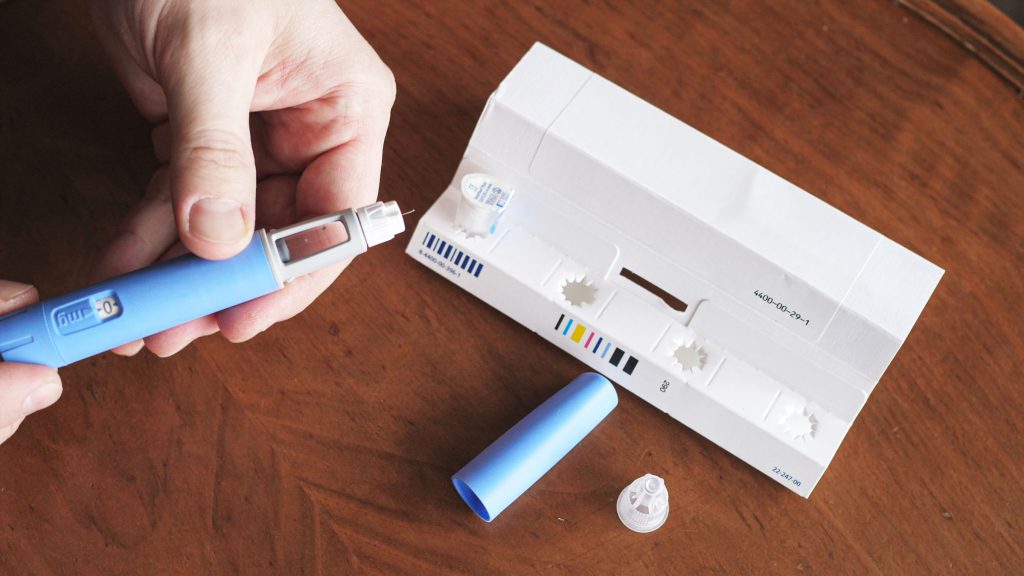
GLP-1 drugs are a type of medication used to help control blood sugar levels. They work by stimulating the pancreas to produce more insulin while reducing the amount of sugar released by the liver. In addition, they can slow down digestion, helping to maintain a steady blood sugar level. Taking GLP-1 drugs alongside a healthy diet and exercise can be beneficial, and they may be used with other diabetes medications. While generally safe, some potential side effects such as nausea, diarrhea, and vomiting should be taken into consideration.
It’s important to speak to your doctor about the risks and benefits of taking GLP-1 drugs.GLP-1 drugs are medications used to help control blood sugar levels in those with type 2 diabetes. They are injected under the skin and work by helping the body produce more insulin, which can lower blood sugar and reduce hunger, slow digestion, and reduce glucose absorption. Generally, GLP-1 drugs are safe and well-tolerated, but some of the most common side effects include nausea, dizziness, and headaches.
2. How Can GLP-1 Drugs Help Reduce Heart Attack Risk?
GLP-1 receptor agonists, which are commonly referred to as incretin mimetics, are drugs used to treat type 2 diabetes. Recent studies show that these drugs may not only help control blood glucose levels, but may also reduce the risk of heart attack and stroke in individuals with type 2 diabetes. In addition, GLP-1 receptor agonists have been found to reduce inflammation, lower LDL cholesterol levels, and reduce arterial stiffness.
GLP-1 drugs are a relatively new way to help reduce the risk of heart attack and stroke. These medications work by stimulating the release of insulin, which helps control blood sugar levels and can help to prevent hypertension, diabetes, and other conditions that can lead to heart disease. Furthermore, GLP-1 drugs can also help to lower cholesterol and triglyceride levels, further reducing the risk of heart attack and stroke.
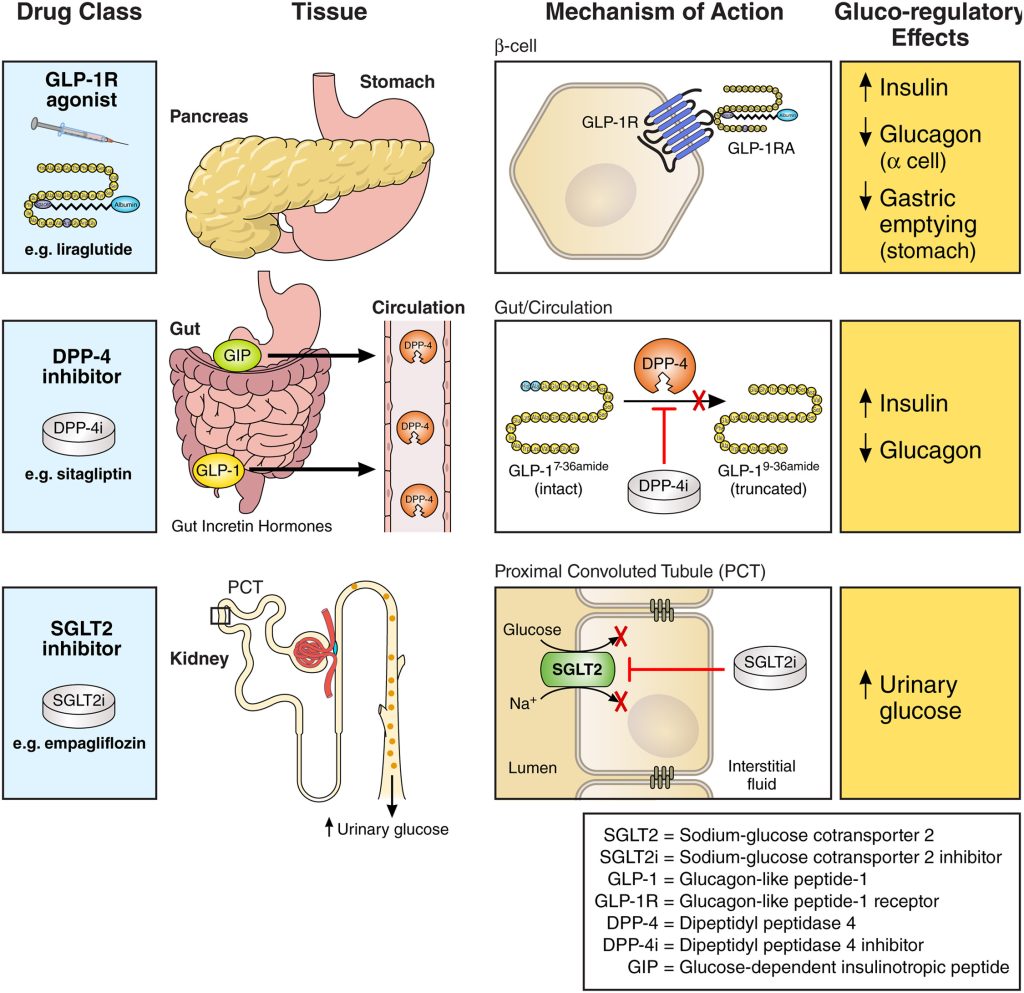
Studies have revealed that GLP-1 drugs, a type 2 diabetes medication, can be a beneficial component in managing diabetes. Not only can they help lower overall cholesterol levels, but they can also reduce the risk of heart attack and stroke in people with diabetes. As such, GLP-1 drugs should be used as part of an overall diabetes treatment plan that includes exercise, a healthy diet, and other medications.
3. Side Effects and Risks of Using GLP-1 Drugs The most common side effects of GLP-1 drugs include nausea, vomiting, abdominal pain, and diarrhea. There is also a risk of hypoglycemia, or low blood sugar.
It is important to be aware that GLP-1 drugs can have potential risks and side effects, so it is important to speak to a healthcare practitioner before taking them. A healthcare provider can provide information about the benefits and risks associated with GLP-1 drugs and discuss any potential interactions with other medications you may be taking. It is also important to monitor changes in your blood sugar levels and inform your healthcare provider if any unusual changes are noted.It is important to be aware of the risks and side effects of taking GLP-1 drugs.
While these drugs can help manage blood sugar levels, it is important to talk to your doctor before taking them to make sure they are safe to take with your other medications and health conditions. Make sure to understand any potential risks and side effects before starting a GLP-1 drug.It’s important to talk to your doctor before starting GLP-1 drugs.
Make sure to tell your doctor about any existing conditions such as kidney damage, heart disease, or a history of pancreatitis. Your doctor can help you determine if GLP-1 drugs are safe and what side effects you may experience. Additionally, ask about how to manage any side effects or risks, and dietary changes to minimize the risk of hypoglycemia.
4. Ozempic and Wegovy: exploring Different GLP-1 Drugs Ozempic and Wegovy are two commonly prescribed GLP-1 drugs.
Ozempic and Wegovy are both GLP-1 drugs that are used to treat type 2 diabetes. They work in similar ways, but have some key differences. Ozempic is usually taken once a week, while Wegovy is typically taken once a month. Ozempic has been studied more extensively for its long-term effects, while Wegovy may have a greater impact on blood sugar control in the short term. It’s important to talk to your doctor about the benefits and risks of each drug to decide which one is best for you.
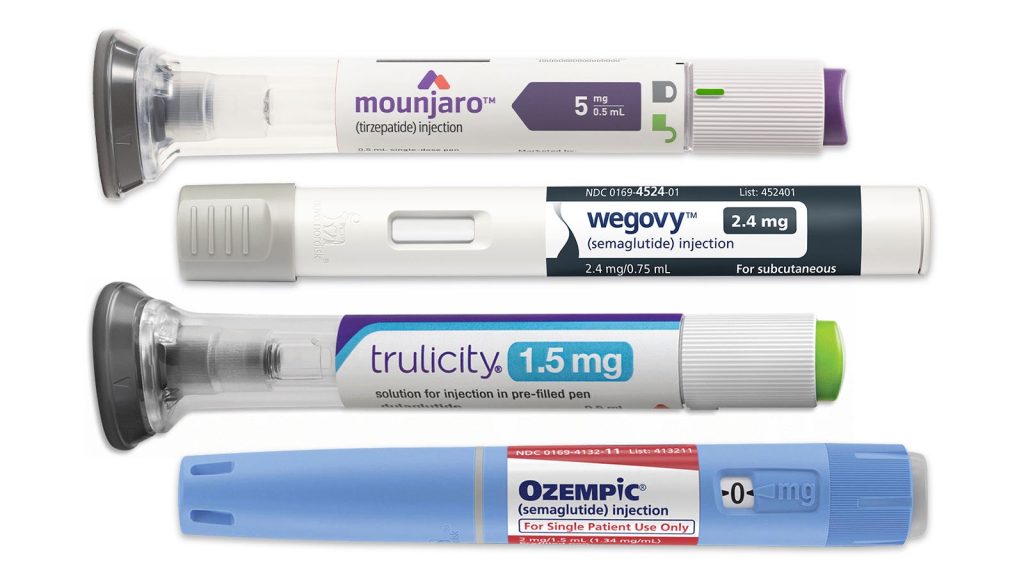
To sum up, Ozempic and Wegovy are two different GLP-1 drugs that have similar effects, but have some key distinctions in terms of dosing frequency, long-term effects, and short-term effects on blood sugar control.While both Ozempic and Wegovy are GLP-1 drugs, there are some important differences to be aware of. Ozempic is an injectable medicine, while Wegovy is a once-weekly injection. Ozempic works quickly to help control blood sugar levels, while Wegovy has a longer-lasting effect. It’s important to speak with your doctor about which GLP-1 drug is right for you before starting either medication, and to address any questions or concerns you may have.
5. It is important to discuss any concerns you may have with your doctor before starting GLP-1 drugs.
Before starting treatment with GLP-1 drugs, it’s important to speak with your doctor about any potential side effects. Common side effects include nausea, vomiting, diarrhea, and constipation, while more serious side effects could be changes in heart rate, kidney problems, or allergic reactions. Make sure to bring up any worries or queries you have with your doctor. It is important to have an informed discussion with your doctor about potential side effects, risks, and interactions with other medications before starting GLP-1 drugs.
Additionally, it is important to let your doctor know any medical conditions you have, as well as lifestyle factors like physical activity, diet, and stress management, that could affect your treatment plan. With this information, your doctor can develop a personalized treatment plan that best meets your needs and helps you reach your health goals.

It is important to talk to your doctor about GLP-1 drugs as a treatment for type 2 diabetes, as they can have associated risks. Your physician can provide valuable information on how to reduce those risks and discuss any potential side effects. Having an open dialogue with your doctor is essential to determining if GLP-1 drugs are the right choice for you.
6. Choosing the Right GLP-1 Drug for You GLP-1 drugs can help control blood sugar levels and reduce the risk of cardiovascular events in people.
It is important to talk to your doctor before selecting a GLP-1 drug. Your doctor can discuss potential side effects, any interactions with other medications, and any lifestyle changes necessary while taking the drug. Additionally, your doctor can help you understand the benefits and risks associated with taking a GLP-1 drug.When choosing a GLP-1 drug, it is important to consider the potential side effects, dosage, length of time it lasts, and how it interacts with other medications. Your doctor will also take into account your medical history and any other medications you may be taking when deciding which GLP-1 drug is best for you. It is important to talk to your doctor before making any changes to your medication.
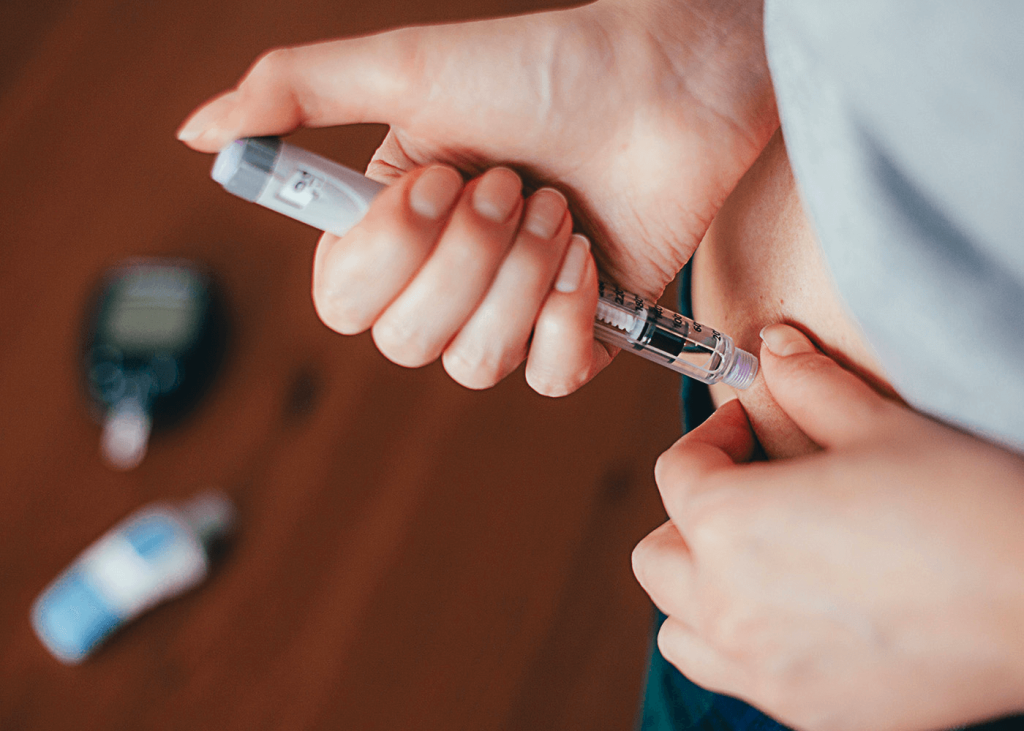
It’s essential to consult with your physician when selecting a GLP-1 drug, since they can assist you in determining the most suitable option for you based on your health, lifestyle, and other factors. Additionally, it’s important to go over any potential side effects that may happen with the drug. With the proper GLP-1 drug, you can assist in maintaining your blood sugar levels and lowering your risk of cardiovascular events.
Interested in Reading My Article On:A groundbreaking blood test for early detection of Alzheimer’s disease has been unveiled.
